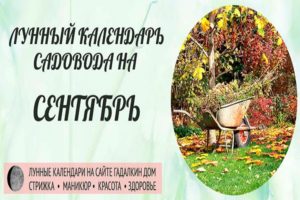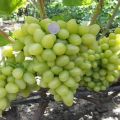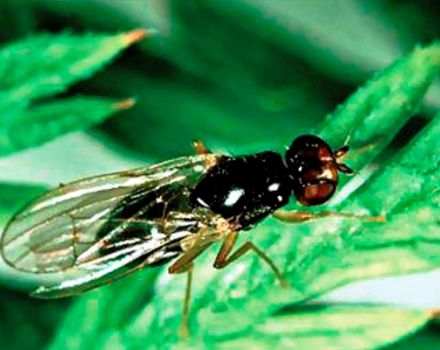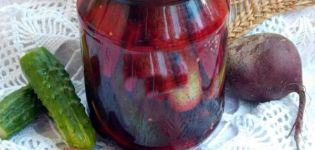Characteristics and description of the tomato variety Nastya sibiryachka
Among Russian gardeners, varieties of Siberian selection are famous that can withstand low temperatures. An example is the tomato Nastya sibiryachka, which grows well on the street without shelter. The undersized bush forms inflorescences early, on which universal-purpose tomatoes have time to ripen in a short period. They are suitable for salads and winter preparations of any type.
The popular female name is used in the names of a dozen varieties. You can easily find the varieties Nastena, Nastenka, Anastasia on packages with tomato seeds. But they should not be confused. After all, varieties and hybrids, other than a common name, may not have anything in common. The same pattern is demonstrated by the varieties of the Siberian series, when tomatoes of completely different characteristics are associated with a persistent Siberian character.
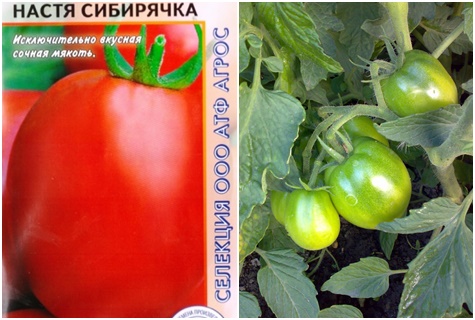
Let's take a closer look at the features of the Nastya Sibiryachka variety. Does the name match its characteristics.
"Nastya-sibiryachka" - a reliable variety of tomatoes
The description of the variety Nastya Sibiryachka speaks of a plant that is extremely unpretentious, with medium early ripening periods.
- "Nastya Sibiryachka" is cultivated in open and closed ground, in areas of risky agriculture in the Trans-Urals, Siberia, and the Far East. This means that it is perfect for cultivation in any zone of central Russia.
- Plant with natural growth restriction, standard type of bush. These parameters allow us to conclude that the variety will not take much time for pinching, forming a bush, and does not require a garter.
- The bush is medium-leafy, stocky, compact, reaching a height of only 60 cm. Low-growing varieties finish growing much earlier, and all forces are directed to ripening the fruits. They are traditionally grown outdoors, because even in the event of a severe cold snap, they are easier to protect with a covering material.
- The plant forms fruits of a rather large mass. Some exceed the weight of 200 g. Tomatoes have a slightly elongated shape, reminiscent of a barrel. Fruits are dense, with a firm smooth skin, raspberry-red color.
- The pulp is juicy, firm, with small seed chambers, good taste. Tomatoes can be used for fresh salads and making juices, mashed potatoes, ketchups. Smaller specimens are pickled or salted in assorted blanks or on their own.
The variety is distinguished by a friendly return of fruits that can be harvested before the onset of the first autumn frosts, thereby protecting against late blight. Reviews also speak of his unpretentious care. Growers report good yields that can hardly be expected from such a compact plant.
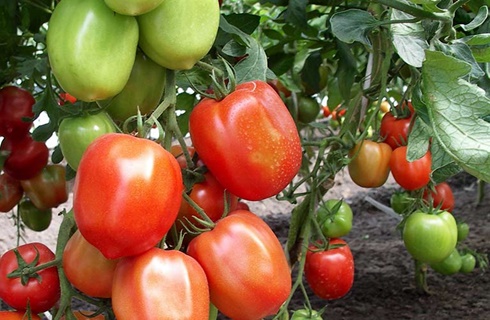
Agricultural technology and care
Determinate low-growing tomatoes very easy to care for.If they are planted in open ground, then both seeds and seedlings can be hardened. These measures significantly affect the intensity of growth and the ability of plants to withstand adverse natural factors.
- Seeds are sown in the ground in late March or early April. They are pretreated with a weak solution of manganese, and placed in the refrigerator overnight.
- Seeds are sown to a depth of 1.5 cm and dive into separate containers with the appearance of two true leaves. Watering is moderate, feeding as needed.
- 7-10 days before transplanting into the ground, several sessions of hardening tomatoes are carried out, accustoming the plants to intense sunlight and lower temperatures.
- The bushes are planted in the ground in the last decade of May, early June. The planting scheme is 50 x 70, but the compactness of the bush allows you to plant seedlings at the base of tall plants and compact the plantings.
- Although the variety is considered quite unpretentious, one should not forget about the simplest measures for weeding, removing the lower dying leaves.
- You also need to monitor soil moisture and loosen the top layer after watering. If necessary, carry out up to three dressings during the growing season, depending on the state of the plants.
- If you follow the traditional methods of growing tomatoes, the harvest can begin at the end of July, the first half of August.
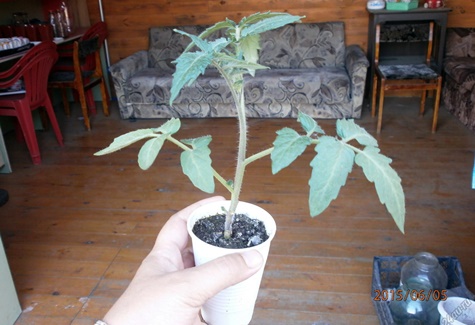
The description of the tomato variety Nastya-Sibiryachka demonstrates the excellent qualities of the plant, which are quite consistent with its name. We can say that even with a fairly primitive care, you can expect a harvest. The plant demonstrates true Siberian resistance without requiring special growing conditions. Each characteristic corresponds to the purpose of the variety. It is frost-resistant, has a shortened growing season, forms small fruits that can ripen during a short summer. Perhaps he will not give such a bountiful harvest as tall greenhouse tomatoes, but he will definitely delight and surprise with his unpretentiousness and vitality.
